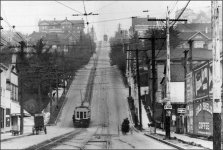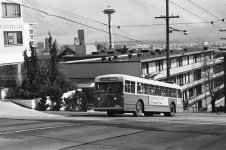I have a 2000-4000 watt cyclone motor that runs on a 40a controller with a 60v20ah battery that has a continuous discharge current of 50a. Does the amp of the controller have to match the continuous discharge amp of the batteries? Or is it better to have one higher or lower than the other? Please keep in mind this is on my pedal cab.
Also, after a good days use (about 6hrs), whenever I full throttle the motor, the power cuts out, until I have to re-throttle it again, and it does the same thing over and over, it’s very annoying. This only happens when I gun it. Prior to the 6hr mark, it’s fine. Weird thing is, the battery never went dead, just keeps cutting out the power. I’ve had this setup for 9 months. Any info helps, thank you.
Also, after a good days use (about 6hrs), whenever I full throttle the motor, the power cuts out, until I have to re-throttle it again, and it does the same thing over and over, it’s very annoying. This only happens when I gun it. Prior to the 6hr mark, it’s fine. Weird thing is, the battery never went dead, just keeps cutting out the power. I’ve had this setup for 9 months. Any info helps, thank you.



